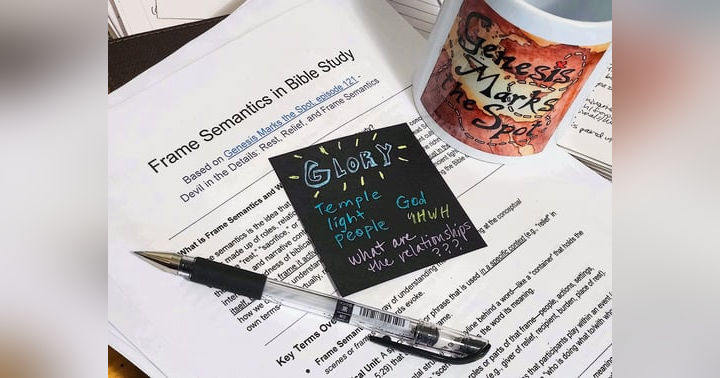As You Drink: Wine, Worship, and the God Who Feasts With Us

In the Bible, wine is not merely a metaphor for joy—it’s a vessel of it. It flows through the vineyards of Genesis, the feasting tables of Deuteronomy, and the covenant meal of the Last Supper. But in the Western Christian imagination, wine has often been flattened—reduced to a problem to manage or a symbol to sanitize.
In this first episode of (at least) a three-part series, we lift the lid of the Cup of Joy and explore how the Bible uses wine to reveal something deeper about God's character and our calling. What does it mean that wine “cheers God and man”? (Or is it the gods and man?) Why is wine part of Israel’s sacred worship economy? And how is joy something commanded—not just permitted—in God's kingdom?
This post is your companion guide to the episode—bringing together charts, reflections, and a biblical theology of wine in worship.
Why the Bible Uses Wine
Wine is God's idea. In Psalm 104, it’s described as one of three staples of blessed living: “wine that gladdens the heart of man, oil to make his face shine, and bread that strengthens his heart.” In other words: joy, beauty, and sustenance.
But joy isn’t just an emotion—it’s a theological posture. And in Israel, wine was poured not just in celebration, but in covenant worship.
The Three Tithes of Ancient Israel
Tithing in Torah wasn't only about giving—it was about feasting, remembering, and sharing joy. Here's how the structure may have worked:
| Tithe | When | Who It’s For | Purpose |
|---|---|---|---|
| Levitical Tithe | Annually | Levites (sacred workers) | Worship support and priestly service |
| Festival Tithe | Annually | Worshipper + household | Joyful meals in God’s presence |
| Poor Tithe | Every 3rd Year | Levites, orphans, widows, foreigners | Provision and justice for the vulnerable |
Joy and generosity weren’t optional extras—they were covenantal rhythms.
Milk & Honey vs. Wine & Grain
In biblical symbolism, milk and honey represent comfort and nourishment—gifts that flow freely. In contrast, wine and grain represent cultivated, liturgical joy—fruits of labor and sacred participation.
| Symbol | Represents | God as... |
|---|---|---|
| 🥛 Milk | Nurture, dependence | Gentle, parental provider |
| 🍯 Honey | Sweetness, undeserved grace | Delighter and gift-giver |
| 🍞 Grain | Daily provision, labor | Sustainer, covenant partner |
| 🍷 Wine | Joy, worship, feast | Host, Redeemer, King |
What in your life flows like honey? What must be cultivated like wine?
Wine in Worship: Joy, Justice, and the Covenant Table
| Theme | Function of Wine | Scripture | Reveals About God |
|---|---|---|---|
| Joy | Feasting and sensory delight | Psalm 104:15 | God delights in embodied joy |
| Justice | Provision for all through tithes | Deut 14:26–29 | God shares joy with the marginalized |
| Covenant | Ritual offering and covenantal communion | Ex. 29:40; Matt 26:27 | God binds joy to memory and love |
| Hope | Future feast imagery in God’s kingdom | Isaiah 25:6; John 2 | God’s joy is not yet finished |
Even if you don't personally partake of alcohol, how does this meaning help shape your views of the Lord's Table?
Want to Go Deeper?
Listen to the full episode of Genesis Marks the Spot, titled “The Cup of Joy: Wine, Blessing, and Sacred Celebration”









